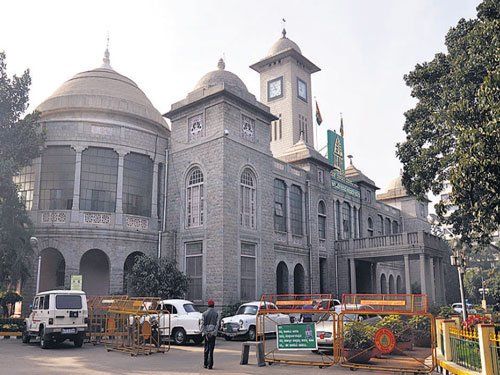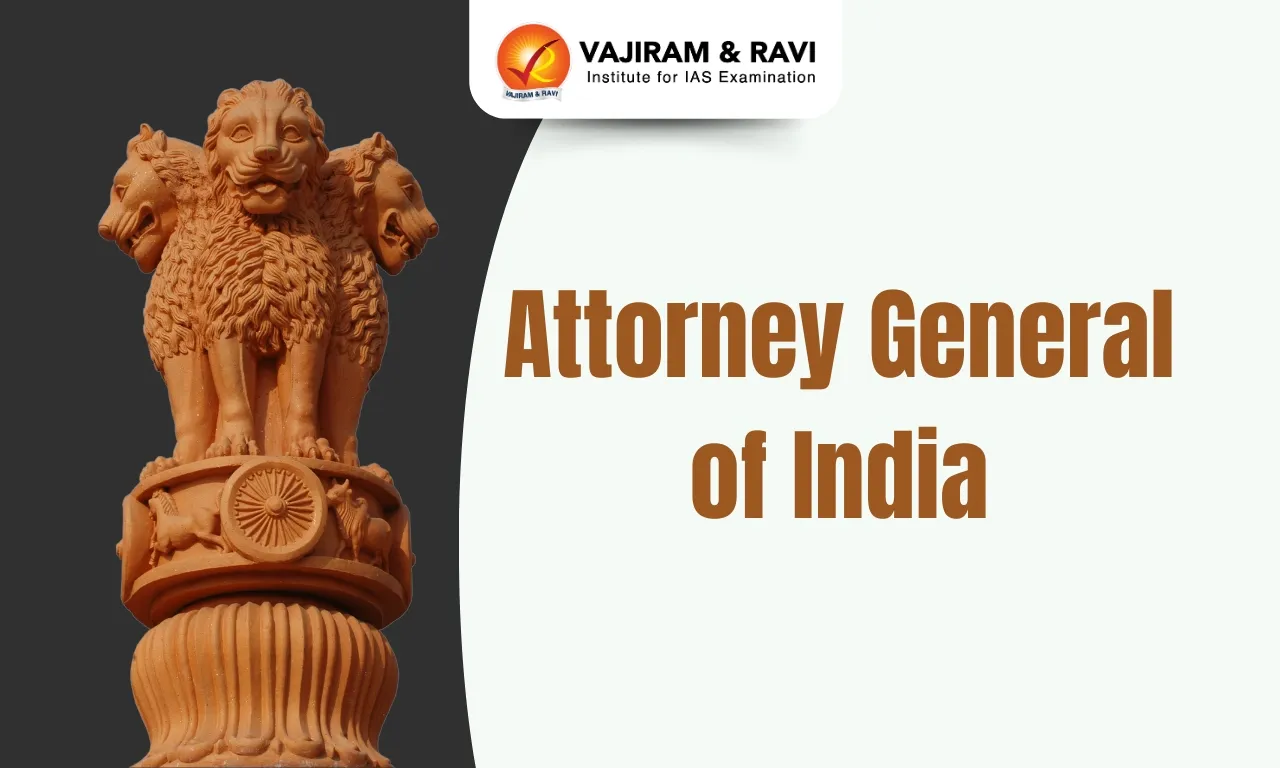Lord Dalhousie, also known as James Andrew Broun-Ramsay, marquess and the 10th Earl of Dalhousie, was the Governor General of India from 1848 to 1856. His tenure is widely regarded as one of the most transformative in British India's history, with significant administrative, social, and military reforms.
Dalhousie is also known for his aggressive expansionist policies, particularly the Doctrine of Lapse, which was instrumental in the consolidation of British power in India. However, his policies and actions sowed the seeds of discontent that eventually led to the Indian Rebellion of 1857.
Reforms by Lord Dalhousie, Maker of Modern India
Lord Dalhousie, born in Scotland on April 22, 1812, became a Member of Parliament in 1837 and served as President of the Board of Trade in 1847. Appointed Governor-General of India in 1848 at 36, he is infamous for the Doctrine of Lapse, often blamed for contributing to the Indian Revolt of 1857.
- Dalhousie is often regarded as the "Maker of Modern India" due to his implementation of transformative reforms that significantly shaped the country's trajectory.
- These reforms spanned various sectors, including infrastructure, administration, education, and social practices.
Educational Reforms by Lord Dalhousie
Lord Dalhousie was a strong advocate of education. Dalhousie implemented Charles Wood's Dispatch in 1854, which laid the foundation for the modern education system in India. It emphasised the establishment of universities in Bombay, Calcutta, and Madras and promoted English as the medium of instruction. He supported the expansion of vernacular education to increase literacy among the Indian population.
Administrative Reforms by Lord Dalhousie
Lord Dalhousie appointed a lieutenant governor to oversee Bengal's administration, thereby allowing the governor-general to focus on broader, nationwide issues. Fredrick J. Halliday became the first Lieutenant Governor of Bengal. Similarly, the newly acquired territories, such as Punjab, were placed under the supervision of Commissioners to ensure effective governance and management.
Social Reforms by Lord Dalhousie
Although Dalhousie is not primarily known for social reforms, his administration continued the policies of his predecessors in addressing social issues.
- Widow Remarriage Act (1856): Dalhousie passed the Widow Remarriage Act, legalising the remarriage of Hindu widows and challenging traditional social norms.
- Suppression of Female Infanticide: He took measures to suppress the practice of female infanticide, particularly in northern India.
Infrastructure Development by Lord Dalhousie
Lord Dalhousie's infrastructure reforms were pivotal in modernising India. He introduced key developments such as the establishment of the railway system, the expansion of the telegraph network, and the overhaul of the postal system.
- Railways: In 1853, Lord Dalhousie introduced the first railway line in India, connecting Bombay (Mumbai) and Thane. Another railway line was built between Calcutta and Raniganj, a coal-producing district in Bihar.
- Telegraph: In 1852, Lord Dalhousie established the Telegraph Department, which revolutionised communication in India. The first telegraph line was laid between Calcutta and Agra in 1854.
- Postal System: Dalhousie reformed the postal system, introducing uniform postage rates and establishing a network of post offices to improve mail delivery.
- The Post Office Act was passed in 1854, and the postal department was organised under a Director General.
- Public Works Department: Lord Dalhousie founded the Public Works Department to oversee infrastructure projects, including roads, canals, and bridges, contributing to economic development.
Military Reforms by Lord Dalhousie
Lord Dalhousie focused on modernising the British Indian Army. Gurkha regiments were established, and the artillery from Calcutta was relocated to Meerut. To strengthen the military presence, he increased the number of English soldiers by creating three new British army regiments. Additionally, a Sikh force was formed in Punjab under British officers, and Gurkhas were integrated into the Indian army.
Doctrine Of Lapse by Lord Dalhousie
The Doctrine of Lapse was one of Lord Dalhousie's most controversial policies. This doctrine stated that any princely state or territory directly influenced by the British East India Company would be annexed if the ruler died without a male heir. It prohibited such monarchs from adopting a son to ascend to their thrones. Dalhousie justified this policy as a means of preventing misrule by incompetent or corrupt rulers while also ensuring their subjects' stability and prosperity.
- Dalhousie annexed several states ( Satara, Jhansi, Nagpur, and Awadh ), expanding British territory in India by nearly a quarter million square miles. His actions expanded British power.
Significant Events under Lord Dalhousie
Significant events were undertaken during Lord Dalhousie’s tenure as Governor-General. These events significantly strengthened British control while also laying the groundwork for future discontent.
- Second Anglo-Sikh War (1848-1849): The Second Anglo-Sikh War resulted in the annexation of the Punjab region, marking a significant expansion of British territory in India.
- Second Anglo-Burmese War (1852): This war resulted in the annexation of Lower Burma, further extending British influence in Southeast Asia.
- Annexation of Awadh (1856): Dalhousie annexed Awadh on the grounds of misgovernance despite its ruler being a long-time British ally. This move was deeply unpopular and contributed to the unrest leading to the 1857 rebellion.
Lord Dalhousie UPSC PYQs
Question 1: "In many ways, Lord Dalhousie was the founder of modern India." Elaborate (UPSC Mains 2013)
Question 2: Regarding Wood's Dispatch, which of the following statements are true? (UPSC Prelims 2018)
- Grants-in-Aid system was introduced.
- Establishment of universities was recommended.
- English as a medium of instruction at all levels of education was recommended.
Select the correct answer using the code given below:
(a) 1 and 2 only
(b) 2 and 3 only
(c) 1 and 3 only
(d) 1, 2 and 3
Ans: (a)
Last updated on December, 2025
→ Check out the latest UPSC Syllabus 2026 here.
→ Join Vajiram & Ravi’s Interview Guidance Programme for expert help to crack your final UPSC stage.
→ UPSC Mains Result 2025 is now out.
→ UPSC Notification 2026 is scheduled to be released on January 14, 2026.
→ UPSC Calendar 2026 is released on 15th May, 2025.
→ The UPSC Vacancy 2025 were released 1129, out of which 979 were for UPSC CSE and remaining 150 are for UPSC IFoS.
→ UPSC Prelims 2026 will be conducted on 24th May, 2026 & UPSC Mains 2026 will be conducted on 21st August 2026.
→ The UPSC Selection Process is of 3 stages-Prelims, Mains and Interview.
→ UPSC Result 2024 is released with latest UPSC Marksheet 2024. Check Now!
→ UPSC Prelims Result 2025 is out now for the CSE held on 25 May 2025.
→ UPSC Toppers List 2024 is released now. Shakti Dubey is UPSC AIR 1 2024 Topper.
→ UPSC Prelims Question Paper 2025 and Unofficial Prelims Answer Key 2025 are available now.
→ UPSC Mains Question Paper 2025 is out for Essay, GS 1, 2, 3 & GS 4.
→ UPSC Mains Indian Language Question Paper 2025 is now out.
→ UPSC Mains Optional Question Paper 2025 is now out.
→ Also check Best IAS Coaching in Delhi
Lord Dalhousie FAQs
Q1. Why is Lord Dalhousie famous for?+
Q2. What is Dalhousie also known as?+
Q3. Which policy was introduced by Lord Dalhousie?+
Q4. Was Lord Dalhousie a viceroy?+
Q5. Which was the first state annexed by Lord Dalhousie?+
Tags: lord dalhousie quest

















